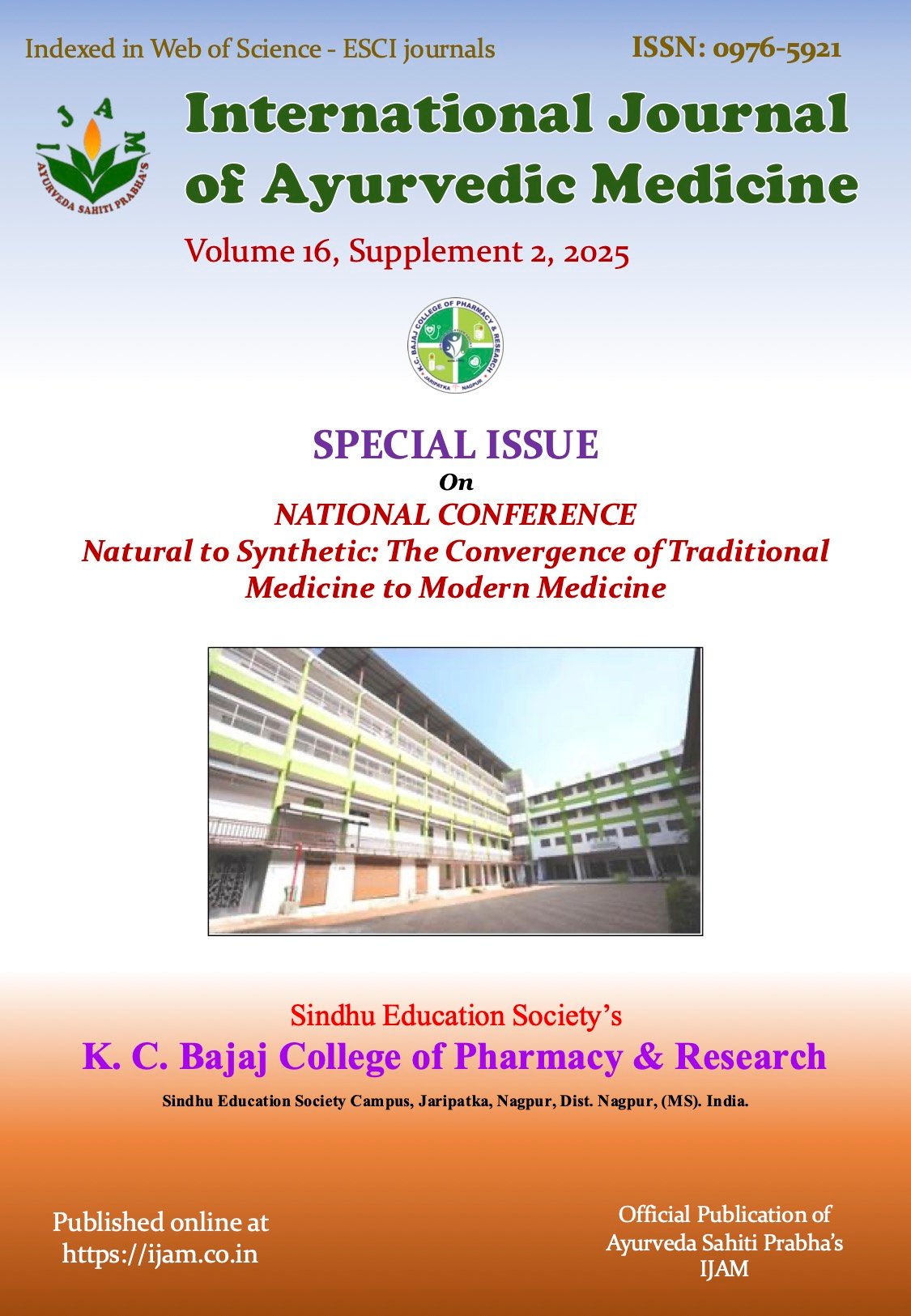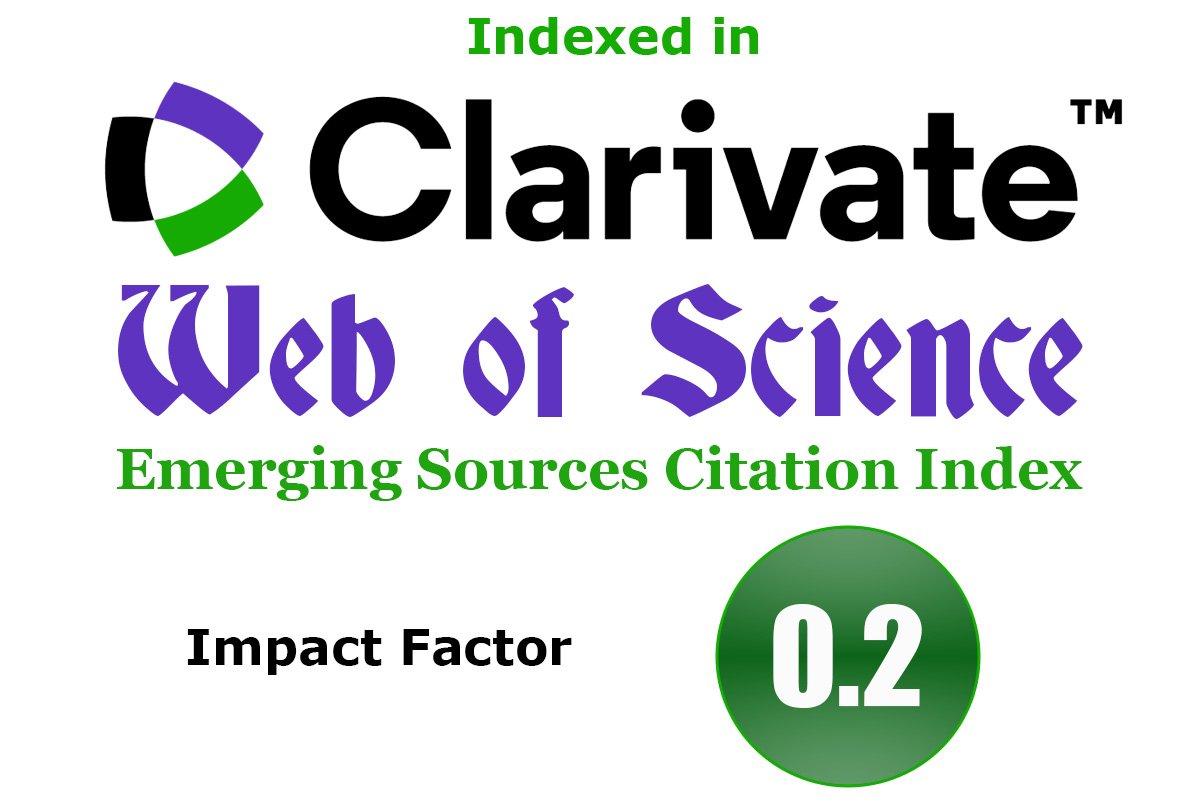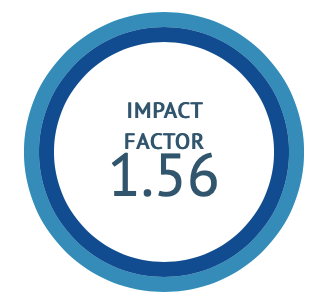Pharmacognostic Exploration, Formulation and Evaluation of Caesalpinia bonduc seeds syrup and candy formulation
DOI:
https://doi.org/10.47552/ijam.v16iS2.6242Keywords:
Caesalpinia bonduc, Anthelmintic activity, Herbal formulation, Phytochemical screeningAbstract
The pharmacognostic exploration and formulation development of Caesalpinia bonduc seeds for anthelmintic activity. Caesalpinia bonduc, a member of the Fabaceae family, is traditionally used in various indigenous systems of medicine for its diverse therapeutic effects. The present study focuses on the detailed pharmacognostic investigation of the seeds, including their morphological, microscopic, and physicochemical properties. Formulation development efforts involved creating herbal formulations incorporating Caesalpinia bonduc seed extracts, followed by an evaluation study. The formulation of herbal syrup and herbal candies containing C. bonduc not only offers a practical and enjoyable method of ingestion but also paves the way for the incorporation of traditional medicinal practices into contemporary lifestyles. These formulations enhance the compliance of pediatric patients towards anthelmintic medication. The findings emphasize the need for further clinical studies to confirm the safety and efficacy of Caesalpinia bonduc in treating helminthic infections, which could lead to the development of novel, affordable treatments for worm-related diseases.
Downloads
Published
How to Cite
Issue
Section
License
Copyright (c) 2025 International Journal of Ayurvedic Medicine

This work is licensed under a Creative Commons Attribution-NonCommercial-ShareAlike 4.0 International License.
The author hereby transfers, assigns, or conveys all copyright ownership to the International Journal of Ayurvedic Medicine (IJAM). By this transfer, the article becomes the property of the IJAM and may not be published elsewhere without written permission from the IJAM.
This transfer of copyright also implies transfer of rights for printed, electronic, microfilm, and facsimile publication. No royalty or other monetary compensation will be received for transferring the copyright of the article to the IJAM.
The IJAM, in turn, grants each author the right to republish the article in any book for which he or she is the author or editor, without paying royalties to the IJAM, subject to the express conditions that (a) the author notify IJAM in advance in writing of this republication and (b) a credit line attributes the original publication to IJAM.





